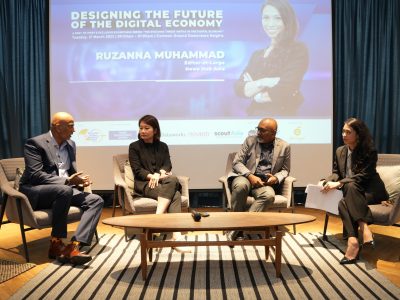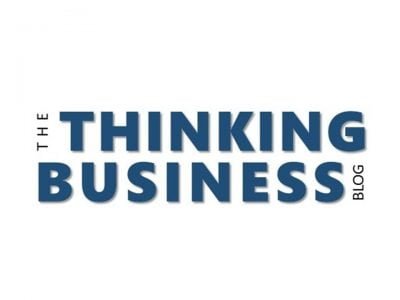Data profusion prompts companies across verticals to seek ways to extract insightful information from it, Finds Frost & Sullivan
Analysis from Frost & Sullivan, Analysis of Big Data and Analytics Market in Latin America, finds that the combined market of Brazil, Mexico and Colombia generated a revenue of $538.3 million in 2015 and is expected to reach $1,956.5 million by 2020 at a compound annual growth rate (CAGR) of 29.4 percent.
Converting unstructured data, such as tweets and posts, as well as structured data into relevant information within the business environment has become critical to the decision-making process. Without high-quality data, it will be extremely challenging to provide a single view of the customers and their behavior, and to map all their points of interaction with the organization.
“The valuable insights generated by analytics give enterprises across verticals a significant competitive advantage and eventually, positive business outcomes,” said Frost & Sullivan Digital Transformation Consultant Leandro Scalize. “Big Data enjoys considerable acceptance in the financial vertical, mainly in risk management, credit scoring, customer analytics and fraud detection.”
While companies are gradually becoming familiar with the term, not many know how to harness the benefits of Big Data. One of the main reasons for this is that most companies do not have much expertise in analyzing data to aid in business decisions. Additionally, companies tend to invest in Big Data projects to solve a specific business issue, but do not incorporate data analytics as part of a broader and pervasive strategy. .
IT vendors need to present successful case studies and demonstrate the advantages of Big Data and analytics to potential customers. Companies need to be made aware that Big Data and analytics will help them identify customers and their purchase habits, segment them, establish better ways to interact with them, and customize offers according to their needs.
Once Internet of Things becomes more prevalent, connecting people and things, companies will also have to invest in analytics tools to glean actionable information from these sources. Alternatively, they will have to find the right partners to benefit from the Big Data being generated from connected devices.
Customer experience is one of the main application areas of Big Data. Verticals such as e-commerce and traditional retail focus greatly on understanding customers’ buying behavior, while telecommunication companies focus on reducing the churn probability. For these purposes, these verticals have incorporated transactional and cadastral data into customer relationship management software.
“There will continue to be technological innovations regarding algorithms that will be applied in new use cases and user-friendly interfaces,” noted Scalize. “In due course, Big Data will be integrated with historical data warehouses and will go a long way in changing the decision-making process.”
To connect with our analysts, please contact Francesca Valente, Corporate Communications & Marketing LATAM: francesca.valente@
Services
STAKEHOLDER ENGAGEMENT
BUSINESS INTELLIGENCE
GOVERNMENT RELATIONS
BUSINESS & BROADER MARKET ACCESS
Upcoming Events
‘A WORKING LUNCH WITH NORDIN’: NATIONWIDE TOUR WITH TOYOTA
MGBF Roundtable: Digitalisation of the Food and Beverage Industry
THE SOUTH CHINA SEA: A THREAT OF DISRUPTION FOR BUSINESS?
FOOD SECURITY IN THE BREACH: INDUSTRIALISATION AND WEAPONISATION
MGBF In The News



SPM and the Future of Data





MGBF Roundtable to shape Malaysia’s future in the digital economy

MGBF: Political stability to usher in new era for business

Death by a Thousand Algorithms

KSK Land recognised for investor attraction strategy

KSK Land set to drive further investment into Malaysia

A Need for Strategic Calm
With Change Comes Opportunity


MALAYSIA GLOBAL BUSINESS FORUM TIES UP WITH SCOUTASIA



















